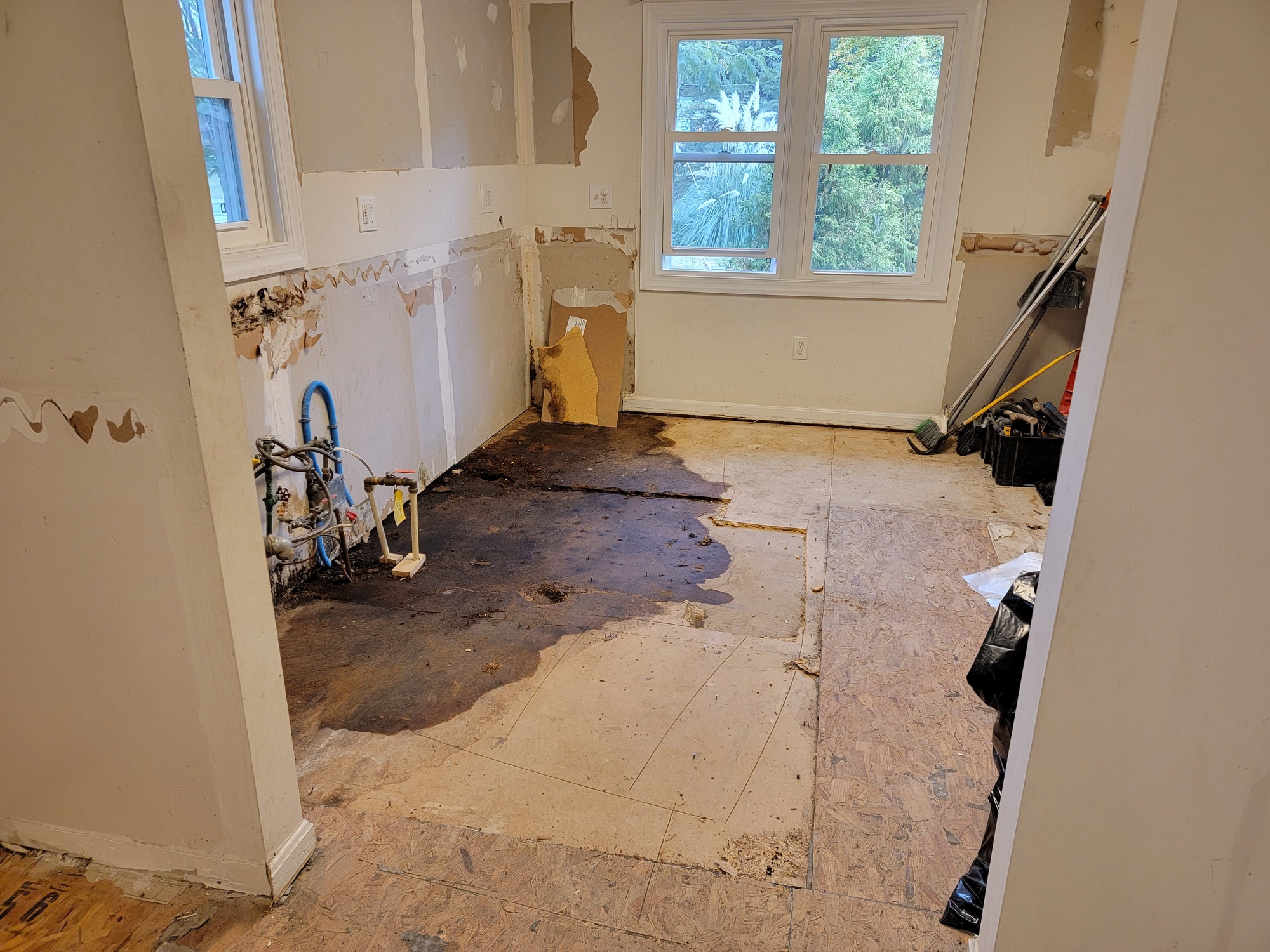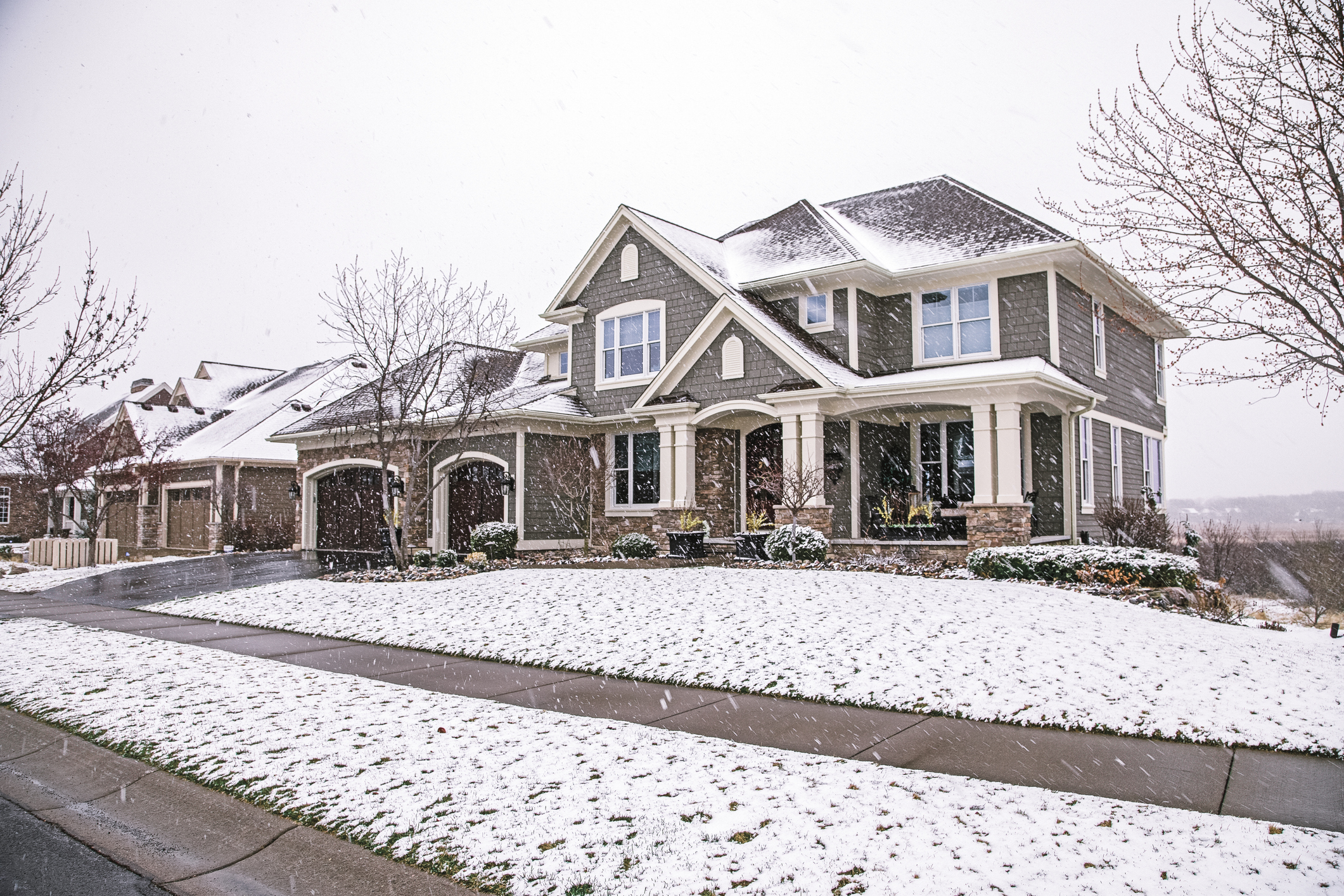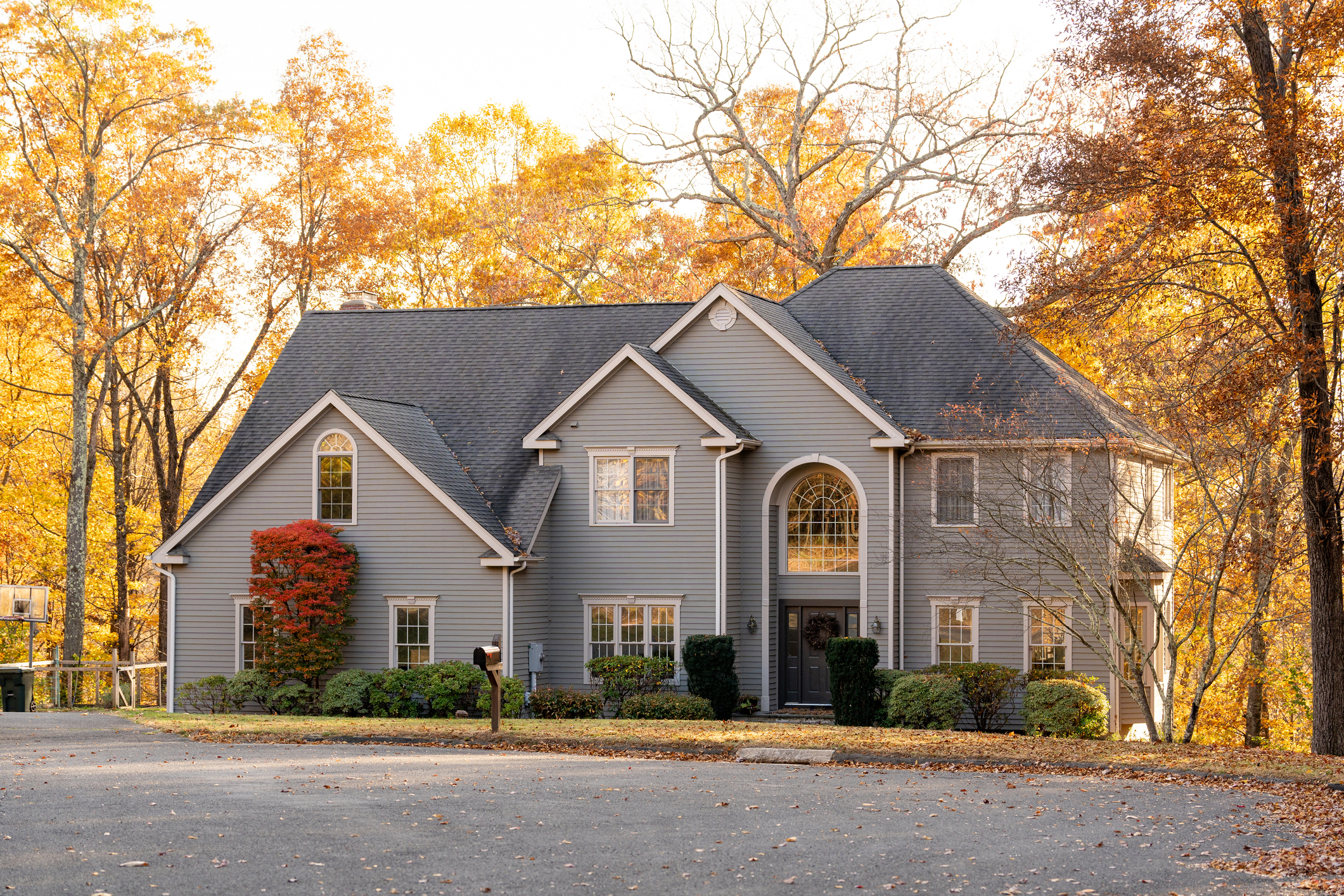As the chilly winds of winter arrive, many homeowners find comfort and warmth in the crackling glow of a fireplace. Beyond the cozy ambiance, however, it’s essential to prioritize safety to prevent accidents and ensure a secure environment.
Here are essential fireplace safety tips to keep in mind during the winter season.
1. Inspection and Cleaning
Before the winter sets in, have your fireplace inspected and cleaned by a professional chimney sweep. Clearing out debris and creosote buildup ensures your chimney is in good condition, minimizing the risk of chimney fires and ensures proper ventilation.
2. Use Quality Fuel
Opt for seasoned hardwoods like ash, douglas fir, or birch as they burn cleaner and produce less creosote buildup compared to softwoods. Avoid burning treated wood, cardboard, or trash, as they can release harmful chemicals or produce excessive soot.
3. Install Carbon Monoxide Detectors
Carbon monoxide (CO) is a colorless, odorless gas that can be produced by incomplete combustion. Install CO detectors near sleeping areas and check their batteries r
egularly to ensure they’re functioning properly.
4. Maintain a Safe Distance

Keep flammable objects like furniture, curtains, and decorations at a safe distance from the fireplace — at least three feet. A protective screen or glass doors can also prevent sparks from escaping and keep children or pets away from the fire.
5. Supervision and Extinguishing
Never leave a fire unattended. Before going to bed or leaving the house, ensure the fire is completely extinguished. Use a fireplace poker to spread out the embers and ashes, allowing them to cool down before disposal.
Winter Preparation
Preparing your fireplace for winter involves more than just cleaning and checking its functionality. It’s about creating a safe and warm environment for your home.
- Stock Up on Firewood: Gather enough seasoned firewood in advance, ensuring it’s stored in a dry place. As previously mentioned, properly seasoned wood burns more efficiently and reduces the risk of excessive creosote buildup.
- Check Fireplace Accessories: Inspect fireplace tools like pokers, shovels, and brushes. Ensure they are in good condition and easily accessible for use.
- Clean the Hearth: Clear the area around the fireplace, removing any debris, ash, or flammable materials. This prevents accidental fires from rogue sparks or embers and ensures a tidy appearance.
Fireplace Insulation
Properly insulating your fireplace enhances its efficiency and safety. Batt or spray foam should be applied within the wall up to the ceiling. Avoid contact with any metallic parts of the fireplace.
- Use heat-resistant caulk or fireplace mortar to seal any gaps or cracks around the fireplace, chimney, or hearth. This prevents heat from escaping and reduces the risk of sparks reaching combustible materials.
- A chimney cap acts as a barrier, preventing debris, animals, and excess moisture from entering the chimney. It also helps improve draft efficiency and reduces the risk of blockages.
- For older fireplaces, installing a fireplace insert can enhance efficiency by providing a more controlled and cleaner burn. These inserts can also increase insulation and reduce heat loss.
Safely Enjoy a Cozy Winter Fire
Fireplace safety is crucial for reducing the risk of housefires, fire damage, or smoke damage. If you experience an unfortunate event like a house fire, 24 Hour Flood Pros can help restore your home and possessions to their former glory. Taking the time to prepare your fireplace and understand safety measures can make a significant difference during the winter months.
By following the safety tips laid out in this article and preparing your fireplace adequately for winter, you can enjoy the warmth and comfort it brings while ensuring a secure environment for your home and loved ones.




